- HIV Medicines
- Weight Loss
- Naltrexone
- Anti Emetic
- Neuropathic Pain
- Mens Health
- Hair Loss
- Pain Relief
- HCG Injections
- Quit Smoking
- Pharmaceutical Vaccine
- Best Selling Products
- Anti Viral
- Bimatoprost
- Antibiotics
- Women's Health
- Cetaphil
- Botulinum
- Diabetes
- Human Albumin
- Anti Malarial
- Dermal fillers
- Chemical Peels
- Nephrology Segment
- Kidney / Liver Care
- Anti Cancer
- Altus Product's
- Pharmaceutical Products
- Anti Fungal
- Hepatitis
- Beauty & Skin Care
- Asthma
- Modafinil
- Urology Segment
- Thyroid Care
- Armodafinil
- Anti-Cancer
- Armodafinil
- Bimatoprost
- Botulinum
- Dermal Fillers
- Hepatitis
- Mens-health
- Modafinil
- Naltrexone
- ANTI EMETIC
- Altus Product’s
- Anti Fungal
- Anti Malarial
- Anti Viral
- Antibiotics
- Asthma
- Beauty & Skin Care
- Cetaphil
- Chemical Peels
- Diabetes
- Hair Loss
- HCG Injections
- HIV Medicines
- Human Albumin
- Kidney / Liver Care
- Neuropathic Pain
- Pain Relief
- Pharmaceutical Products
- Pharmaceutical Vaccine
- Quit Smoking
- Thyroid Care
- Weight Loss
- Women’s Health
- HIV Medicines
- Weight Loss
- Naltrexone
- Anti Emetic
- Neuropathic Pain
- Mens Health
- Hair Loss
- Pain Relief
- HCG Injections
- Quit Smoking
- Pharmaceutical Vaccine
- Best Selling Products
- Anti Viral
- Bimatoprost
- Antibiotics
- Women's Health
- Cetaphil
- Botulinum
- Diabetes
- Human Albumin
- Anti Malarial
- Dermal fillers
- Chemical Peels
- Nephrology Segment
- Kidney / Liver Care
- Anti Cancer
- Altus Product's
- Pharmaceutical Products
- Anti Fungal
- Hepatitis
- Beauty & Skin Care
- Asthma
- Modafinil
- Urology Segment
- Thyroid Care
- Armodafinil
No products in the cart.
Return To Shop$33.33 – $332.05Price range: $33.33 through $332.05
Glycomet-GP 2 Tablet (Glimepiride 2mg / Metformin 500mg)
Glycomet-GP 2 Tablet PR belongs to a category of medicines known as anti-diabetic drugs. It is a combination of two medicines used to treat type 2 diabetes mellitus in adults. It helps control blood sugar levels in people with diabetes.
Have questions?
Call : +91 9002 1002 33
Glycomet-GP 2 Tablet (Glimepiride 2mg / Metformin 500mg)
| COUNTRY OF ORIGIN | India |
|---|---|
| DOSAGE FORM | Tablets |
| EQUIVALENT BRAND | Glycomet GP |
| GENERIC NAME | Metformin / Glimepiride |
| INDICATION | Type 2 diabetes |
| MANUFACTURER | USV Pvt Ltd |
| PACKAGING | 15 tablets in 1 strip |
| COMPOSITION | Metformin (500mg) + Glimepiride (2mg) |
| PACK SIZE | 60 Tablet/s, 90 Tablet/s, 120Tablet/s, 150Tablet/s, 210Tablet/s |
PRODUCT INTRODUCTION
Glycomet-GP 2 Tablet PR belongs to a category of medicines known as anti-diabetic drugs. It is a combination of two medicines used to treat type 2 diabetes mellitus in adults. It helps control blood sugar levels in people with diabetes.
Glycomet-GP 2 Tablet PR should be taken with food. Take it regularly at the same time each day to get the most benefit. Your doctor will decide what dose is best for you and this may change from time to time according to how it is working according to your blood sugar levels.
Keep taking this medicine, even if you feel well or your blood sugar levels are controlled. If you stop it without consulting your doctor, your blood sugar levels could rise and put you at risk of kidney damage, blindness, nerve problems, and loss of limbs.
Remember that it is only part of a treatment program that should also include a healthy diet, regular exercise, and weight reduction as advised by your doctor. Your lifestyle plays a big part in controlling diabetes.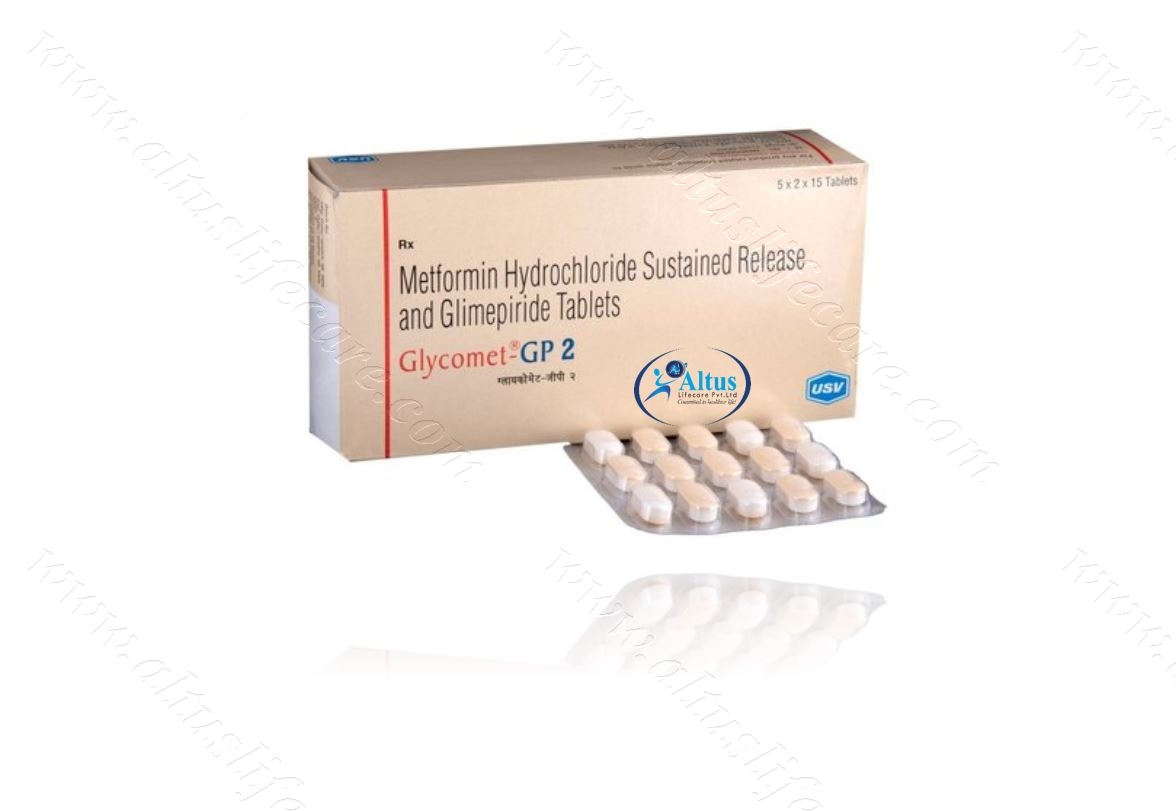
The most common side effect of Glycomet-GP 2 Tablet PR is low blood glucose levels (hypoglycemia). Make sure you recognize the signs of having low blood glucose levels, such as sweating, dizziness, headache, and shaking, and know how to deal with it.
To prevent this, it’s important to have regular meals and always carry a fast-acting source of glucose such as sugary food or fruit juice with you. Drinking alcohol can also increase your risk of low blood sugar levels and should be avoided.
Other side effects that may be seen on taking this medicine include taste changes, nausea, diarrhea, stomach pain, headache, and upper respiratory tract infection. Some people may find that they put on weight with this medicine.
You should not take it if you have type 1 diabetes mellitus, if you have diabetic ketoacidosis (high levels of acid in your blood), or if you have severe kidney or liver disease. Before taking this medicine, tell your doctor if you have ever had heart disease.
It may not be suitable. Pregnant or breastfeeding women should also consult their doctor before taking it. Your blood sugar levels should be checked regularly and your doctor may also advise blood tests to monitor your blood cell counts and liver function.
“Dynamic Duo for Glycemic Harmony: Exploring Glimepiride 2mg and Metformin 500mg in Diabetes Care”
This heading puts the spotlight on the combined effects of Glimepiride at 2mg and Metformin at 500mg, emphasizing how this medication pairing works synergistically to achieve balanced blood sugar control. The explanation would delve into the specific roles of Glimepiride in stimulating insulin release and Metformin in improving insulin sensitivity, illustrating their complementary actions in diabetes management.
2. “Strategic Dosage Precision: Unpacking Glimepiride 2mg and Metformin 500mg for Optimal Diabetes Control”
Here, the focus is on the precision involved in selecting the dosages of Glimepiride (2mg) and Metformin (500mg) to achieve effective diabetes control. The explanation would detail the considerations for these specific doses, including their individual mechanisms of action and the delicate balance required for optimal efficacy while minimizing the risk of side effects. It underlines the importance of a strategic dosage approach in tailoring diabetes care to individual patient needs.
Innovations in Glimepiride Metformin Therapy: A Roadmap to Success
This section serves as a roadmap, guiding healthcare professionals and individuals with diabetes through the latest innovations in glimepiride and metformin therapy. Discover how staying abreast
Signs and Symptoms of Type 2 Diabetes Mellitus: Early Diabetes Cues and Alerts
Explore the early cues and alerts that signal the presence of Type 2 Diabetes Mellitus. Understand how recognizing these early signs can serve as proactive alerts, guiding individuals toward timely healthcare intervention and management.
Diabetes Mellitus Medications: Medication Wisdom for Better Diabetes Management
Gain valuable wisdom on utilizing medications for enhanced diabetes management. This guide imparts insights into the intelligent use of medications, empowering individuals to make informed decisions that contribute to better diabetes control and overall health.
Beyond Basics: Drug for Diabetes Mellitus Type 2 Chronicles
Going beyond fundamental approaches, this examination explores how the drug takes Diabetes Mellitus Type 2 care to the next level, addressing complexities and offering advanced solutions.
“Meds for Diabetes Mellitus Type 2: Unlocking the Power of Medications for Improved Well-Being”
Unveil the transformative power inherent in diabetes medications for enhancing overall well-being. This guide explores how medications act as powerful tools, unlocking the potential for improved well-being in individuals managing Type 2 Diabetes. It emphasizes the role medications play in achieving and maintaining overall health.
Medications for Diabetes Mellitus Type 2: Medication Monitoring and Feedback
– Regular monitoring and feedback enhance medication effectiveness. Explore this blog for discussions on the importance of ongoing medication monitoring, emphasizing the role of feedback in optimizing treatment outcomes for type 2 diabetes.
Updates on SGLT-2 Inhibitors and Cardiovascular Outcomes
Providing the latest insights in pharmacotherapy, this section offers updates on sodium-glucose co-transporter 2 (SGLT-2) inhibitors and their impact on cardiovascular outcomes in the treatment of Type 2 Diabetes Mellitus. The discussion highlights evolving strategies to address both glycemic control and cardiovascular health.
DM Type 2 Medications: Unlocking the Power of Medications for Wellness
Unlock the potential of medications in promoting wellness for individuals managing Type 2 Diabetes. Explore how medications contribute to overall wellness and health improvement.
USES OF GLYCOMET-GP TABLET PR
- Treatment of Type 2 diabetes mellitus
BENEFITS OF GLYCOMET-GP TABLET PR
In Treatment of Type 2 diabetes mellitus
Lowering blood glucose levels is an essential part of managing diabetes. If you can control the level you will reduce the risk of getting any of the serious complications of diabetes such as kidney damage, eye damage, nerve problems, and loss of limbs. Taking this medicine regularly along with proper diet and exercise will help you live a normal, healthy life.
SIDE EFFECTS OF GLYCOMET-GP TABLET PR
Common side effects of Glycomet-GP
- Hypoglycemia (low blood glucose level)
- Headache
- Nausea
- Diarrhea
- Flatulence
HOW TO USE GLYCOMET-GP TABLET PR
HOW GLYCOMET-GP TABLET PR WORKS
SAFETY ADVICE

Alcohol

Pregnancy

Breast feeding

Driving

Kidney
Use of Glycomet-GP 2 Tablet PR is, however, not recommended in patients with severe kidney disease. Regular monitoring of kidney function test is advisable while you are taking this medicine.

Liver
Glycomet-GP 2 Tablet PR is generally started with low dose in patients with mild to moderate liver disease and its use is not recommended in patients with severe liver disease.
WHAT IF YOU FORGET TO TAKE GLYCOMET-GP TABLET PR?
| Pack Size | 60 Tablet/s, 90 Tablet/s, 120 Tablet/s, 150 Tablet/s, 210 Tablet/s |
|---|
3 reviews for Glycomet-GP 2 Tablet (Glimepiride 2mg / Metformin 500mg)
Related products
Alkeran 2mg Tablets (Melphalan 2mg)
From: $21.27Sofocruz LP Tablet | Ledipasvir | Sofosbuvir 400mg
From: $192.31Cabgolin Tablet (Cabergoline)
From: $50.65Resof-L Tablet | Ledipasvir | Sofosbuvir
From: $256.41Resof 400mg Tablet | Sofosbuvir 400mg
From: $179.49Bevatas Injection (Bevacizumab)
From: $145.45Sofovir 400mg Tablet | Sofosbuvir 400mg
From: $102.56People also bought
-

Benoquin 40 Cream | Monobenzone 40%
From: $154.77 -
 From: $38.38
From: $38.38 -
 From: $40.05
From: $40.05 -

Aziderm 10% Cream 15gm | Azelaic Acid 10%
From: $39.26
Our Services
Shipping
Shipping at Discounted Price
Money Returns
Return Within 30 Days
Secure Payment
Safe & Secure Payment
Support 24/7
Contact 24 Hours Day
From: $47.79
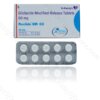

From: $38.46
- Anti-Cancer
- Armodafinil
- Bimatoprost
- Botulinum
- Dermal Fillers
- Hepatitis
- Mens-health
- Modafinil
- Naltrexone
- ANTI EMETIC
- Altus Product’s
- Anti Fungal
- Anti Malarial
- Anti Viral
- Antibiotics
- Asthma
- Beauty & Skin Care
- Cetaphil
- Chemical Peels
- Diabetes
- Hair Loss
- HCG Injections
- HIV Medicines
- Human Albumin
- Kidney / Liver Care
- Neuropathic Pain
- Pain Relief
- Pharmaceutical Products
- Pharmaceutical Vaccine
- Quit Smoking
- Thyroid Care
- Weight Loss
- Women’s Health

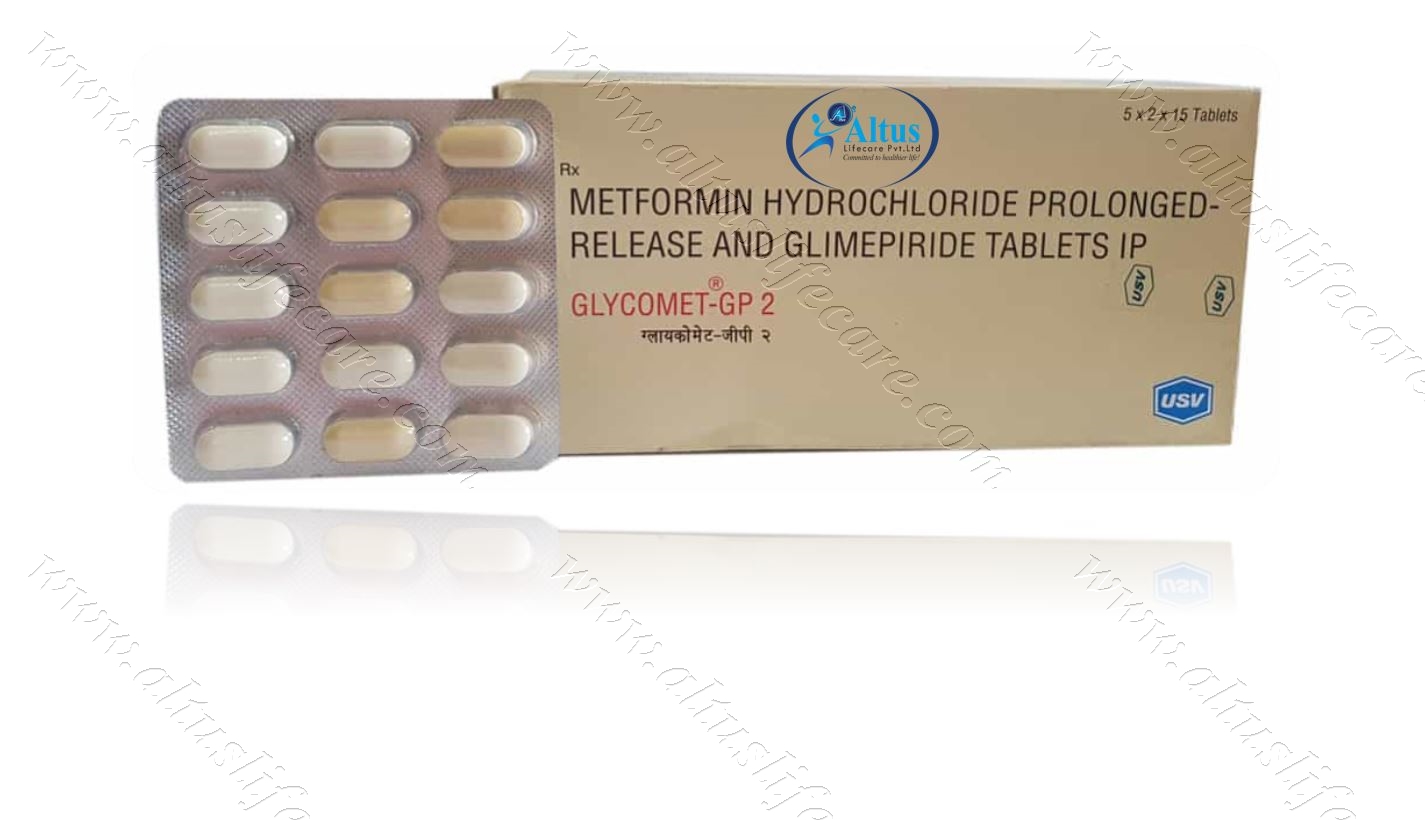
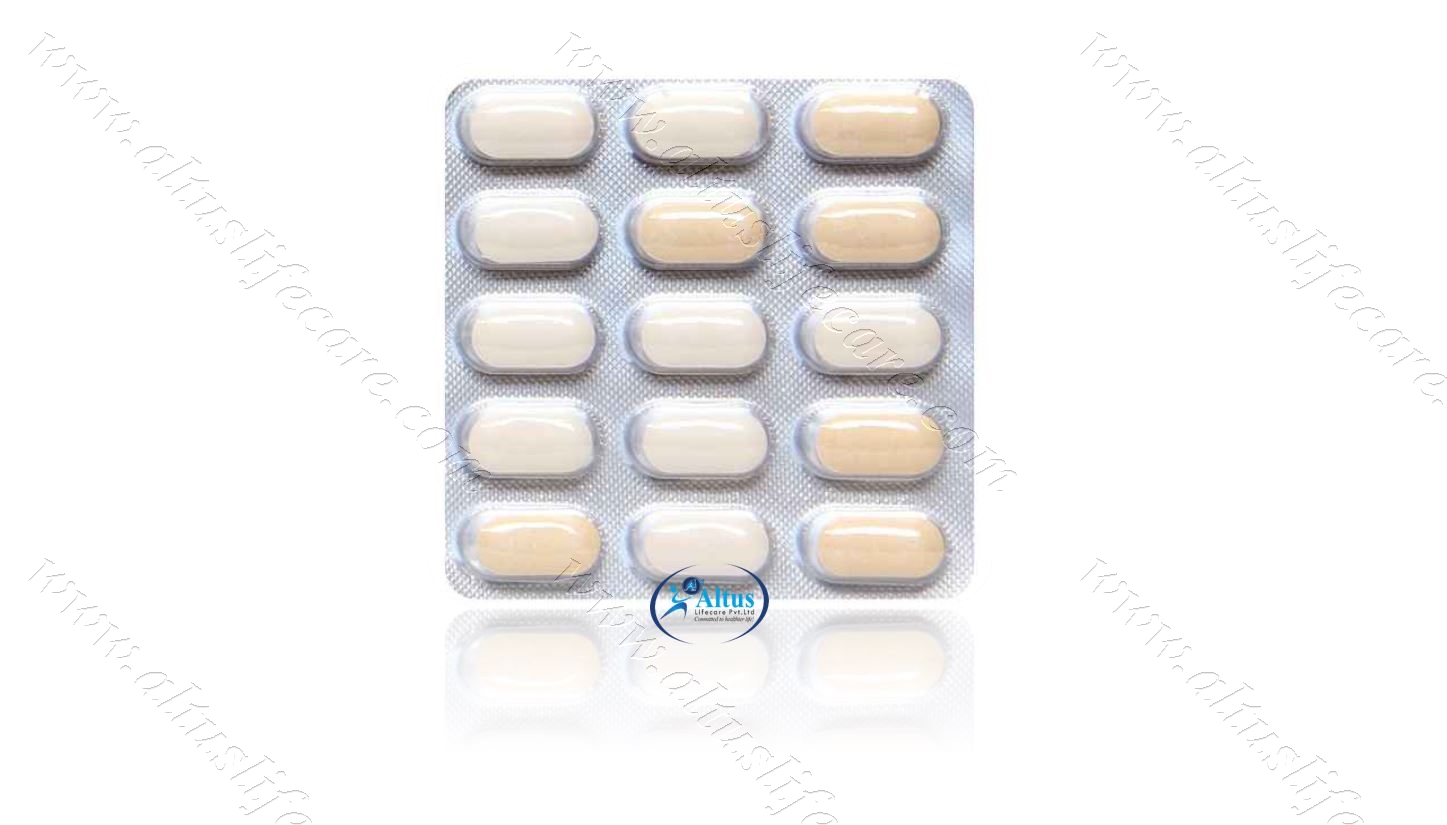


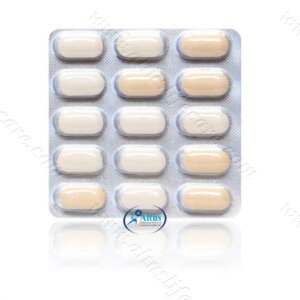
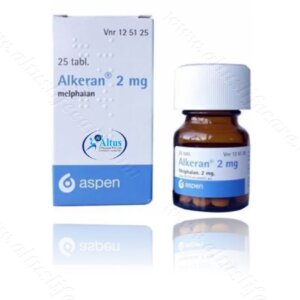



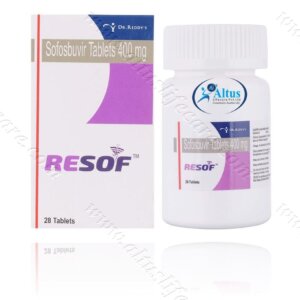
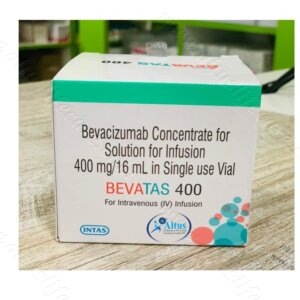
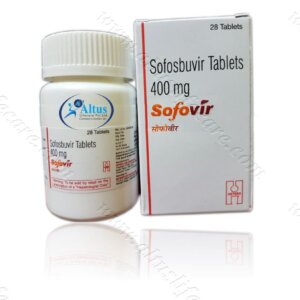


Paislee (verified owner) –
The practice of goal-setting has become a motivating force in my type 2 diabetes management, providing direction and purpose.
Jianna (verified owner) –
“Quality is exceptional, and the shipping was unbelievably quick!”
Arlette (verified owner) –
“I appreciate the extra care taken to ensure that the product arrived in perfect condition. The quality is fantastic.”